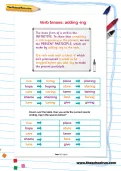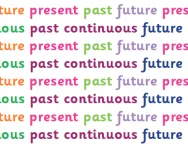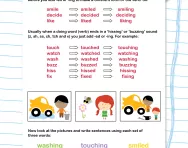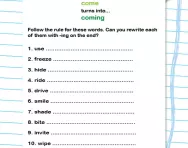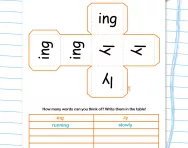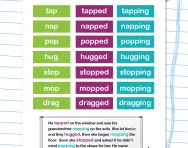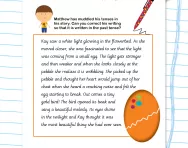Important update from TheSchoolRun
For the past 13 years, TheSchoolRun has been run by a small team of mums working from home, dedicated to providing quality educational resources to primary school parents. Unfortunately, rising supplier costs and falling revenue have made it impossible for us to continue operating, and we’ve had to make the difficult decision to close. The good news: We’ve arranged for another educational provider to take over many of our resources. These will be hosted on a new portal, where the content will be updated and expanded to support your child’s learning.
What this means for subscribers:
- Your subscription is still active, and for now, you can keep using the website as normal — just log in with your usual details to access all our articles and resources*.
- In a few months, all resources will move to the new portal. You’ll continue to have access there until your subscription ends. We’ll send you full details nearer the time.
- As a thank you for your support, we’ll also be sending you 16 primary school eBooks (worth £108.84) to download and keep.
A few changes to be aware of:
- The Learning Journey weekly email has ended, but your child’s plan will still be updated on your dashboard each Monday. Just log in to see the recommended worksheets.
- The 11+ weekly emails have now ended. We sent you all the remaining emails in the series at the end of March — please check your inbox (and spam folder) if you haven’t seen them. You can also follow the full programme here: 11+ Learning Journey.
If you have any questions, please contact us at [email protected]. Thank you for being part of our journey it’s been a privilege to support your family’s learning.
*If you need to reset your password, it will still work as usual. Please check your spam folder if the reset email doesn’t appear in your inbox.
Verb tenses: adding -ing
What are verbs in Year 2 English?
In Year 2 English, children are taught that verbs are words describing actions, such as run, jump and play. They can also be used for states of being, such as is, are and was. They are essential blocks for building cohesive sentences, as they tell us what the subject (who or what the sentence is about) is doing or being.
For example:
The cat sleeps.
The word sleeps is the verb because it tells us what the cat is doing.
What are verb tenses?
Verb tenses are ways of using verbs to show when something happens in the past, present, or future.
For example:
She runs = this is present tense as it's happening now.
She ran = this is past tense as it already happened.
She will run = this is future tense as it will happen later.
How will this Year 2 verbs worksheet help your child?
This printable learning resource was specially made by an experienced teacher to help your child understand and use verb tenses by adding -ing. Colours have been utilised to help break down the lesson and the activity has been tailored specifically for KS1 children.
If you would like more help and support with Year 2 English, check out our home page. Or why not try another challenge, such as our Year 2 English Challenge Pack.
